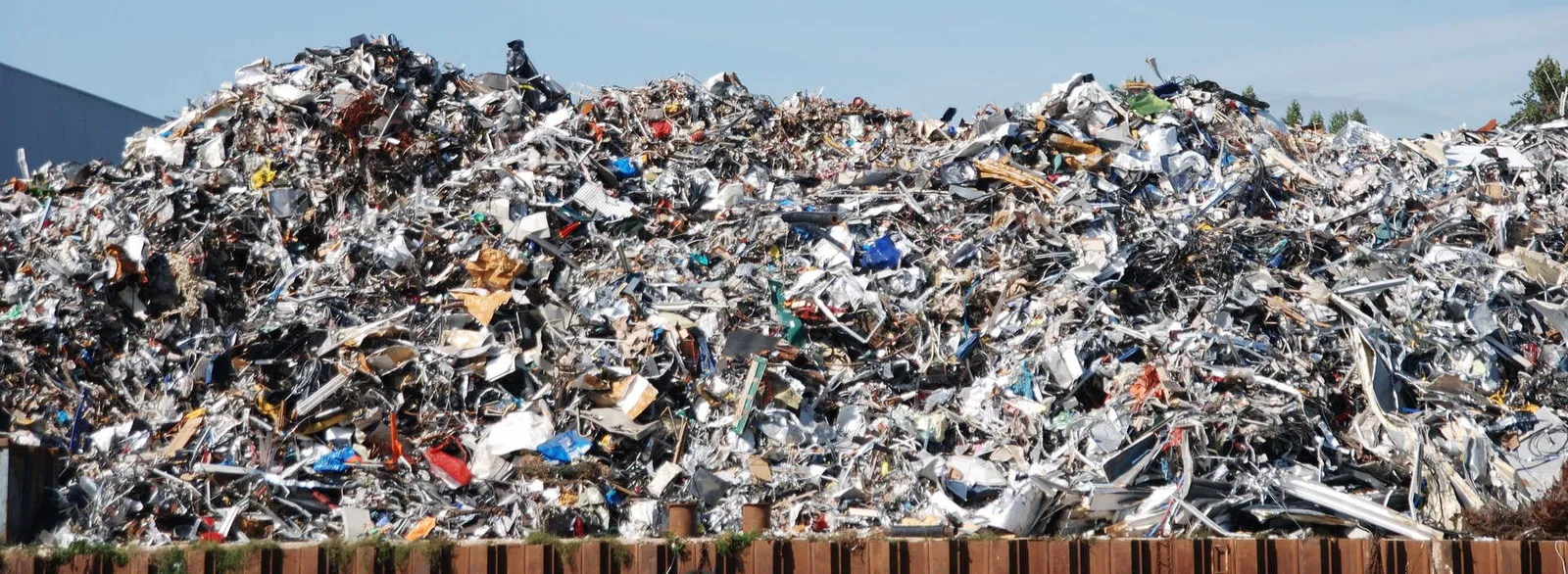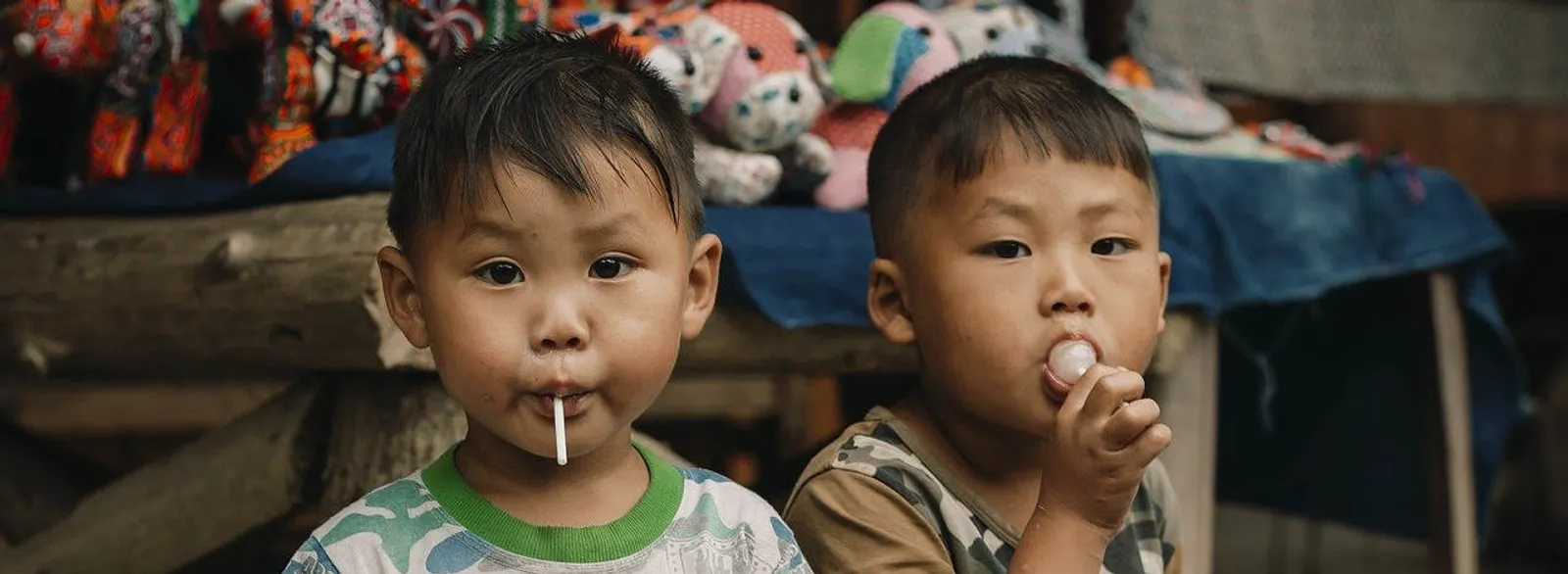If you are interested in ecology and recycling - sign up for our newsletter
Understanding E-Waste: The Scale of the Problem
E-waste, or electrical and electronic waste, represents one of the biggest environmental challenges of our times. It includes a wide range of devices, from mobile phones and computers to large household appliances and office equipment, which have been discarded or deemed no longer useful. The scale of this problem is growing at an alarming rate due to continuous technological progress and increased global consumption of electronics.
In 2022, global e-waste production reached a record level of 62 million tons. Forecasts indicate that this number could rise to 82 million tons by 2030. The increase in e-waste is driven not only by greater availability of electronic devices but also by their increasingly shorter life cycles. Modern electronic products are often designed with limited repairability or upgradability, contributing to their quicker end of life.
The e-waste issue is particularly severe because these wastes contain a range of toxic substances, such as lead, mercury, and cadmium, which can contribute to the contamination of water, air, and soil. Improper disposal of these materials poses serious health risks to humans and ecosystems.
Despite existing recycling technologies, only a small percentage of e-waste is effectively processed. In Europe, where recycling systems are relatively developed, this rate is 42.8%. However, in other regions, such as Africa, the rate drops to a mere 0.7%. A lack of proper recycling infrastructure in many countries, coupled with low public awareness of the hazards associated with e-waste, complicates effective waste management.
Understanding the scale of the e-waste problem is crucial for stimulating actions at both the local and global levels. This requires collaboration among governments, businesses, and consumers to promote sustainable consumption practices, longer product life cycles, and more efficient and accessible recycling methods. Only through understanding and action can we reduce the impact of e-waste on our environment and health.
Why Recycling Can't Keep Up?
Despite growing ecological awareness, the world still struggles with the problem of insufficient recycling system capacity for e-waste. Key factors contributing to this issue are complex and multidimensional.
Technical Complexity - Modern electronic devices consist of diverse materials, including glass, precious metals, plastics, and hazardous substances like mercury and cadmium. Separating these components in a safe and economically viable manner is technically challenging. Recycling requires advanced technologies, which raises operational costs and limits recycling capabilities in less technologically developed regions. Lack of Uniform Regulations - Global inequality in regulations for managing e-waste creates loopholes through which significant amounts of waste are illegally transported to countries with less stringent regulations.
A lack of global consistency in regulations hampers effective management of the electronics lifecycle. Economics of Recycling - High initial costs for investing in modern recycling facilities can deter investors. Furthermore, a decline in the prices of secondary raw materials can reduce the profitability of recycling, making companies and governments less inclined to invest in these technologies. Consumer Awareness - Insufficient education and public awareness about proper e-waste disposal often lead to improper disposal practices. Many electronic devices end up in landfills instead of recycling facilities, further burdening the system. Increasing the global efficiency of e-waste recycling systems therefore requires an integrated approach that includes improving technology, standardizing international regulations, enhancing consumer awareness, and creating more favorable economic conditions for investors. Such efforts will allow for better responses to the growing challenges of managing e-waste globally.
Overview of Global Recycling Efforts
In the face of the growing e-waste problem, various regions around the world undertake unique initiatives to improve the efficiency of their processing. The dynamics and effectiveness of these efforts are key to understanding the global landscape of electronics recycling.
Europe: Leader in E-Waste Recycling
Europe remains at the forefront of recycling activities, thanks to strict European Union regulations, such as the WEEE Directive (Waste Electrical and Electronic Equipment), which require member states to collect and process e-waste in a specified manner. Many European countries have achieved significant recycling rates, exceeding the EU average, through advanced technologies and well-developed processing infrastructure.
United States: Fragmented Approach
In the USA, the approach to e-waste recycling is more fragmented, with various states implementing their own regulations. This decentralization leads to differences in recycling efficiency across different parts of the country. Despite this, initiatives such as e-Stewards and the R2 Standard help standardize practices and increase ecological awareness among consumers and businesses.
Asia: Rapid Development with Challenges
Asia, with leaders such as Japan and South Korea, is rapidly developing its recycling systems, focusing on technologies that minimize environmental impact. However, other Asian countries still face challenges related to illegal imports and inefficient processing systems, often leading to significant environmental and health issues.
Africa: Increasing Needs and Potential
In Africa, the e-waste problem is particularly acute due to low formal recycling rates. Nonetheless, there is significant potential for developing the processing sector, especially through implementing local educational initiatives and international partnership programs that can help build infrastructure and increase ecological awareness.
Despite existing regional differences, global cooperation and sharing of best practices can play a crucial role in developing more efficient and sustainable e-waste recycling systems. Investments in new technologies, consumer education, and integrated management strategies are essential to increase global recycling rates and minimize the impact of e-waste on the environment.
Technologies and Innovations in Electronics Recycling
Technological progress not only introduces new devices and solutions but also impacts the improvement of e-waste recycling processes. The development of modern technologies enables more efficient recovery of valuable materials and minimizes environmental impact. Below are some key innovations that are transforming the electronics recycling industry.
Automation of Processes
Robots and advanced sorting systems are beginning to play a crucial role in e-waste recycling. Machines equipped with artificial intelligence, such as Apple's Daisy robot, can precisely recognize and segregate different types of materials at high speeds. Daisy, for example, can disassemble iPhones into components, efficiently recovering valuable metals.
Advanced Processing Methods
Methods such as bioleaching, which uses microorganisms to recover metals from electronic waste, are gaining popularity. Utilizing bacteria or fungi can safely and efficiently extract metals like gold, silver, and copper, providing an alternative to costly and energy-intensive chemical methods.
Increase in Material Efficiency
Modern recycling techniques allow for the recovery of more materials per unit of e-waste. This reduces the amount of waste directed to landfills and increases the availability of secondary raw materials, which is crucial in the context of a circular economy.
Digital Supply Chain Management
Blockchain-based solutions or other digital platforms can significantly improve transparency in recycling supply chains, allowing better control over material flow. This enables companies to manage their resources more effectively, and consumers can more easily verify whether the products they purchase are environmentally friendly.
Education and Environmental Awareness
The role of education in improving recycling efficiency cannot be overlooked. Investing in informational campaigns and educational programs can significantly increase public awareness about the importance of proper e-waste management.
These innovations not only improve recycling efficiency but also contribute to sustainable development, helping to reduce the negative impact of e-waste on the environment. By developing and implementing these technologies, we can significantly accelerate the transformation towards a more sustainable economy.
How We Can Help: The Role of Consumers and Companies
In the face of increasing amounts of e-waste, it is crucial to understand the key role that both consumers and businesses play in reducing it. Making informed purchasing decisions, responsible use of devices, and their recycling are essential for minimizing the impact of e-waste on the environment.
Conscious Purchasing
Starting with consumers, the first step is making informed choices about devices. Preferring products from companies that offer old device return programs or have good practices in sustainable production can significantly impact waste reduction. It's also important to consider repairability and product lifespan before purchasing.
Responsible Use
Responsible use of electronics involves not only caring for the device's condition but also extending its life through regular maintenance and repairs. Avoiding unnecessary replacement of equipment with new items when the old ones still function is a step towards reducing e-waste.
Recycling and Disposal
When a device is no longer useful, it's important that it doesn't end up in a landfill but is taken to a recycling point instead. Many companies offer programs to take back old devices, or local collection points specialize in e-waste. Recycling helps recover valuable materials and reduces the need for new raw material extraction.
Role of Companies
Companies can play a key role by taking responsibility for the entire life cycle of their products. Developing and implementing sustainable production principles, investing in technologies that facilitate easier recycling, and actively participating in device return programs are actions that can significantly contribute to reducing e-waste.
Education and Awareness
Raising awareness about the e-waste problem and available recycling options is a task in which companies and organizations can actively participate. Organizing educational campaigns, workshops, and collaborating with local communities and schools can increase knowledge and community engagement in responsible waste management.
Taking responsibility for e-waste is not just an ecological issue but also an economic one, having a long-term impact on future generations and the health of our planet. Every step, big or small, is a step in the right direction.
The Role of Geomar Recycling
In the face of globally increasing amounts of electronic waste, Geomar Recycling plays a significant role in managing this critical issue. Specializing in the recycling and disposal of e-waste, Geomar actively contributes to reducing the negative impact of electronic waste on the environment. The company offers comprehensive services for the collection of electronic components, which not only supports the economic circulation of raw materials but also promotes the principles of a circular economy.
Geomar Recycling engages modern technologies for the efficient recovery and recycling of valuable materials from used electronic equipment. As a result, these materials can be reused in the production of new devices, reducing the need for the exploitation of natural resources. We also conduct educational activities, raising public awareness of the importance of proper e-waste management and promoting responsible consumer habits.
Geomar Recycling's activities are a response to growing ecological and regulatory needs, providing both individual consumers and organizations with effective and safe solutions related to the disposal of e-waste. Through our commitment and innovations, we demonstrate how a responsible approach to waste management can contribute to sustainable development and the protection of our planet.






